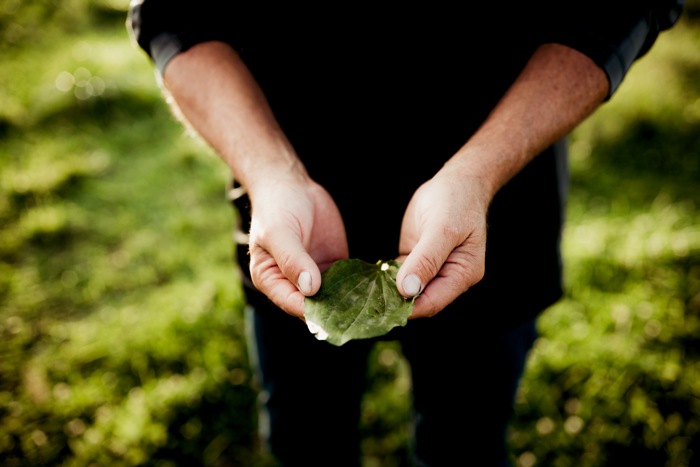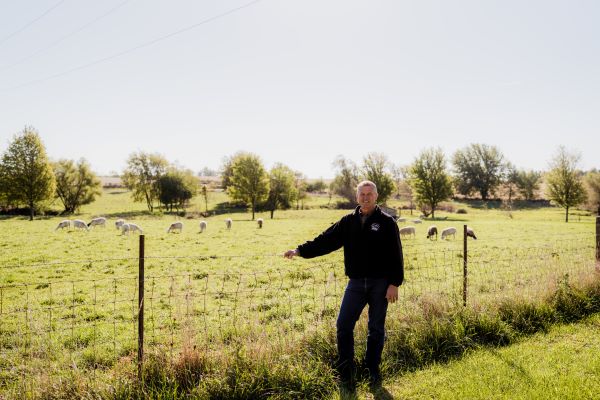Our food is only as good as the soil it grows in, so soil health is at the core of everything we do. Healthy soil grows healthy plants for our cattle to eat – which ultimately impacts the nutrient density of the beef and pork we eat.
Through regenerative grazing practices, we can improve our soil health, increase biodiversity in the forages available to our animals, and positively impact the health of our animals by providing them with a more nutrient dense and diverse diet. Regenerative farming has obvious environmental benefits, but the impact it has on the food we eat and our own health cannot be ignored.

If you drive past our pastures, you’ll see noticeable sections where where cattle have grazed and where they haven’t. That’s because we open a new section of the pasture for the animals to graze on each day. They can still spread out and roam the area they have grazed previously, but they usually stay grouped together munching on the new tall plants they have access to that day. This grazing method is called “intensive mob grazing” and it is one of many things we do to improve the health of our soil. The goal is to have cattle eat half of the plants and trample the other half back into the soil with the manure they leave behind to feed all of the microorganisms in the soil and build organic matter. This way, the soil gets what it needs to regrow healthy plants for cattle to graze again in the future.

You’ll also see a variety of species grazing together – cows, sheep, chickens, pigs, and even a couple of goats! This also has soil health benefits (plus it’s fun).

Soil health is complex, and we’re still learning more about it every day, but that’s the short version of what we’re doing in our pastures. We’re not just trying to be sustainable, we’re trying to be regenerative and leave land even better than it was before we got here.
